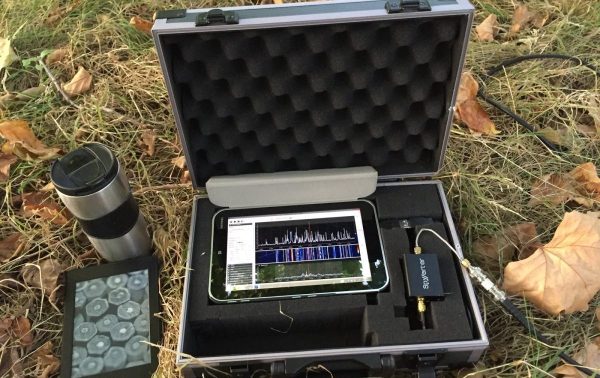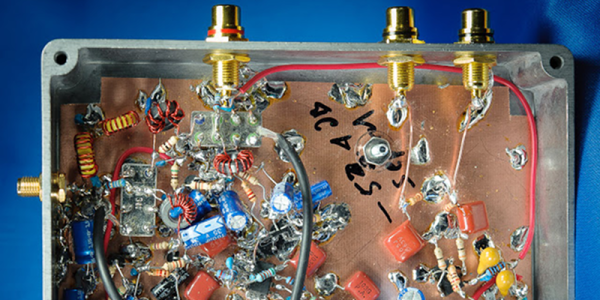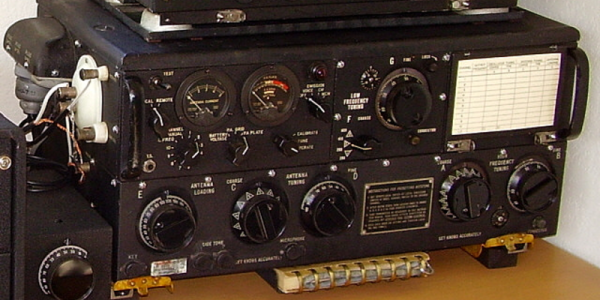Listen to the amateur radio bands long enough, and you’ll likely come to the conclusion that hams never stop talking. Of course it only seems that way, and the duty cycle for a transmitter operating in one of the voice modes is likely to be pretty low. But digital modes can up the duty cycle and really stress the finals on a rig, so this field-expedient heat sink for a ham transceiver is a handy trick to keep in mind.
This hacklet comes by way of [Kevin Loughin (KB9RLW)], who is trying to use his “shack-in-a-box” Yaesu FT-817 for digital modes like PSK31. Digital modes essentially turn the transceiver into a low-baud modem and thus messages can take a long time to send. This poses a problem for the 5-watt FT-817, which was designed for portable operations and doesn’t have the cooling fans and heavy heatsinks that a big base station rig does. [Kevin] found that an old 486 CPU heatsink clamped to a lug on the rear panel added enough thermal mass to keep the finals much cooler, even with a four-minute dead key into a dummy load at the radio’s full 5-watt output.
You may scoff at the simplicity of this solution, and we’ll concede that it’s far from an epic hack. But sometimes it’s the simple fixes that it pays to keep in mind. However, if your project needs a little less seat-of-the-pants and a little more engineering, be sure to check out [Bil Herd]’s primer on thermal management.
Continue reading “Old Heatsink Lets Ham Push Duty Cycle For Digital Modes”

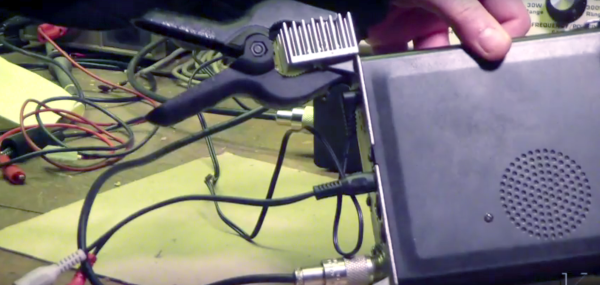

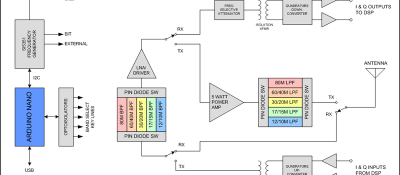 The
The 